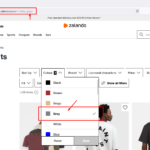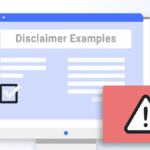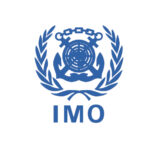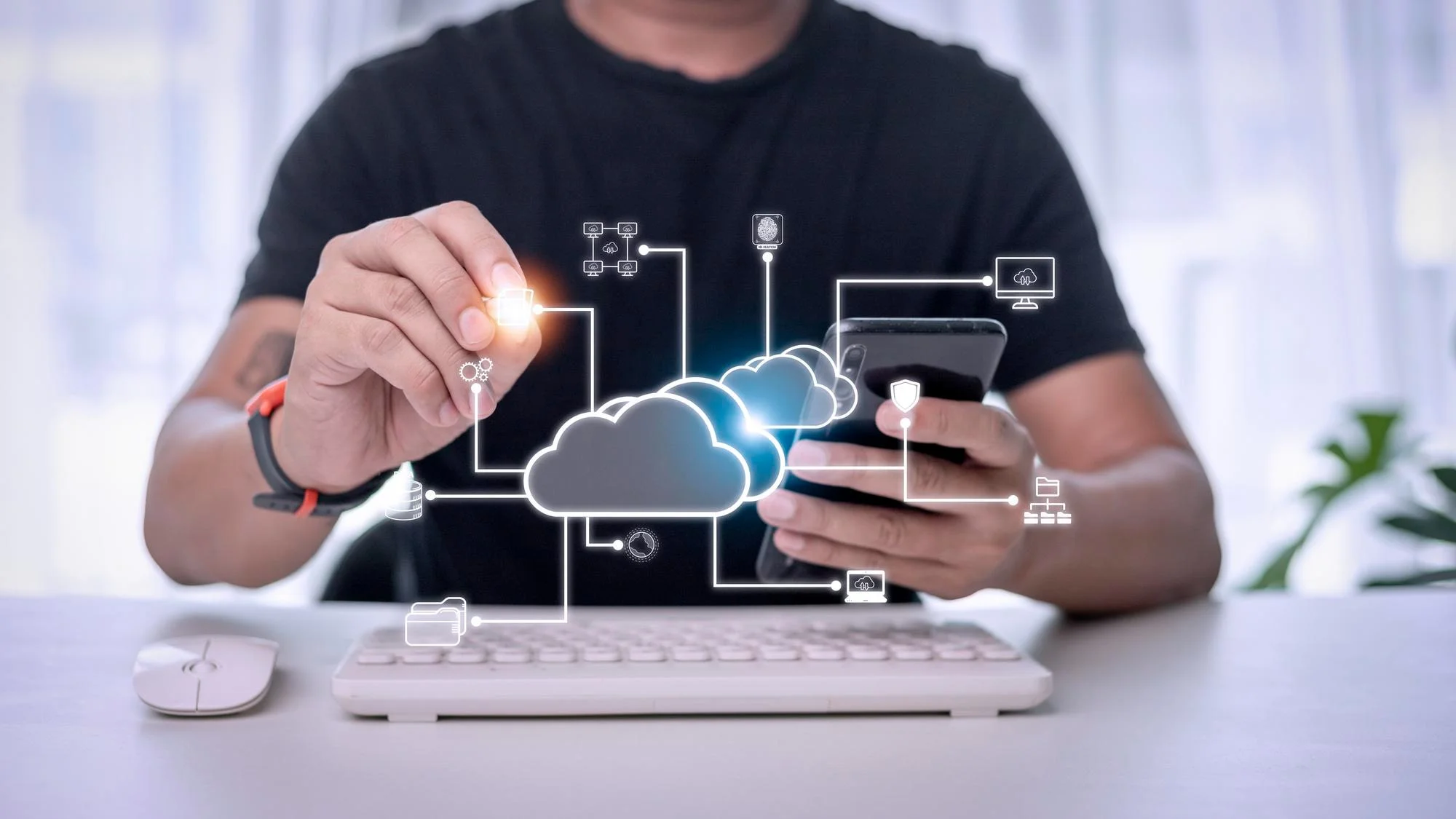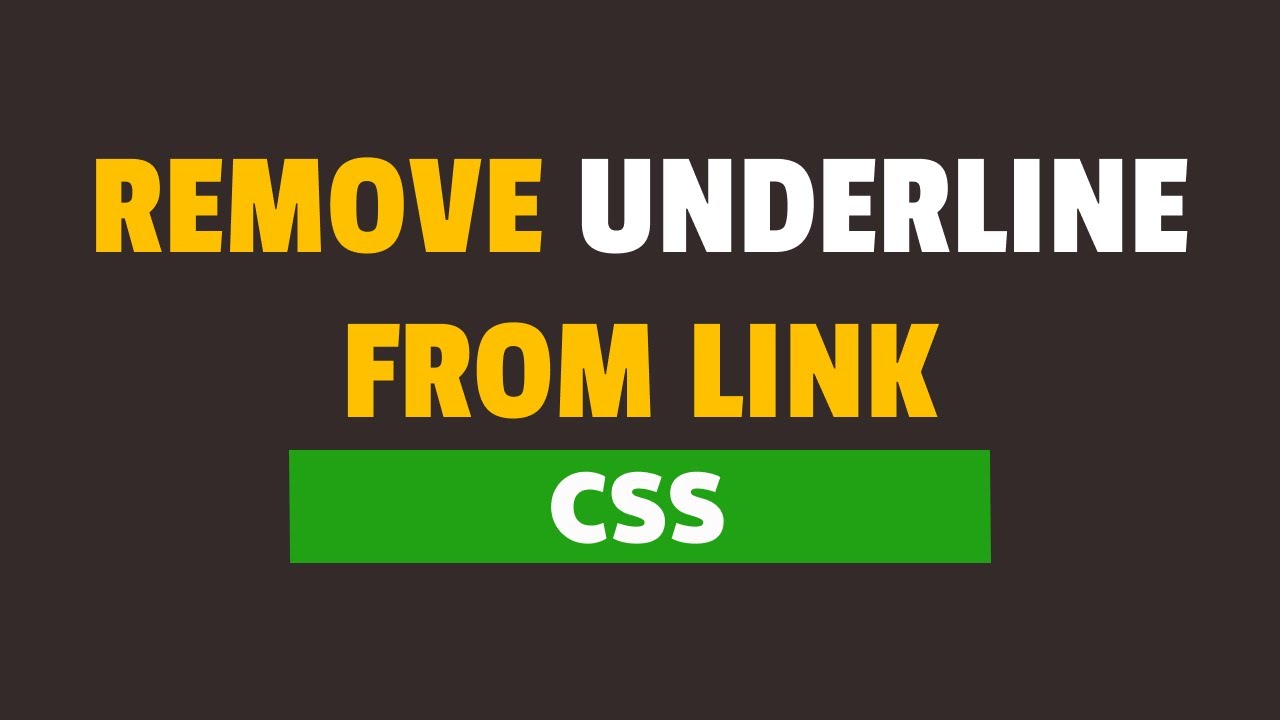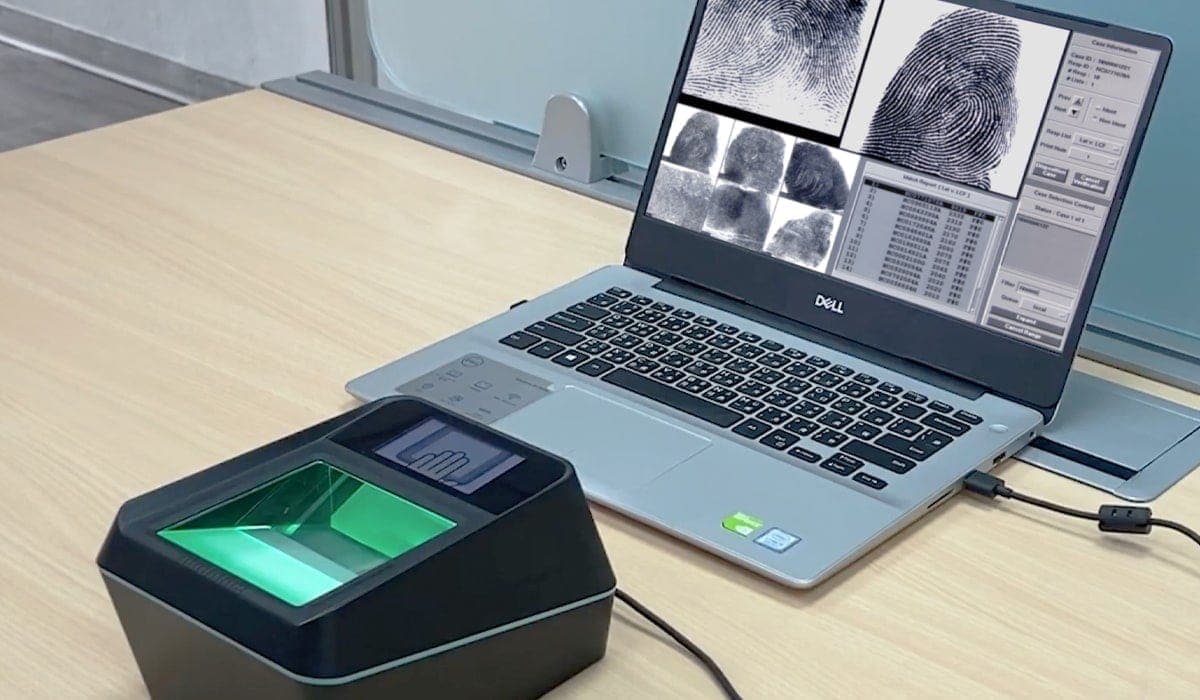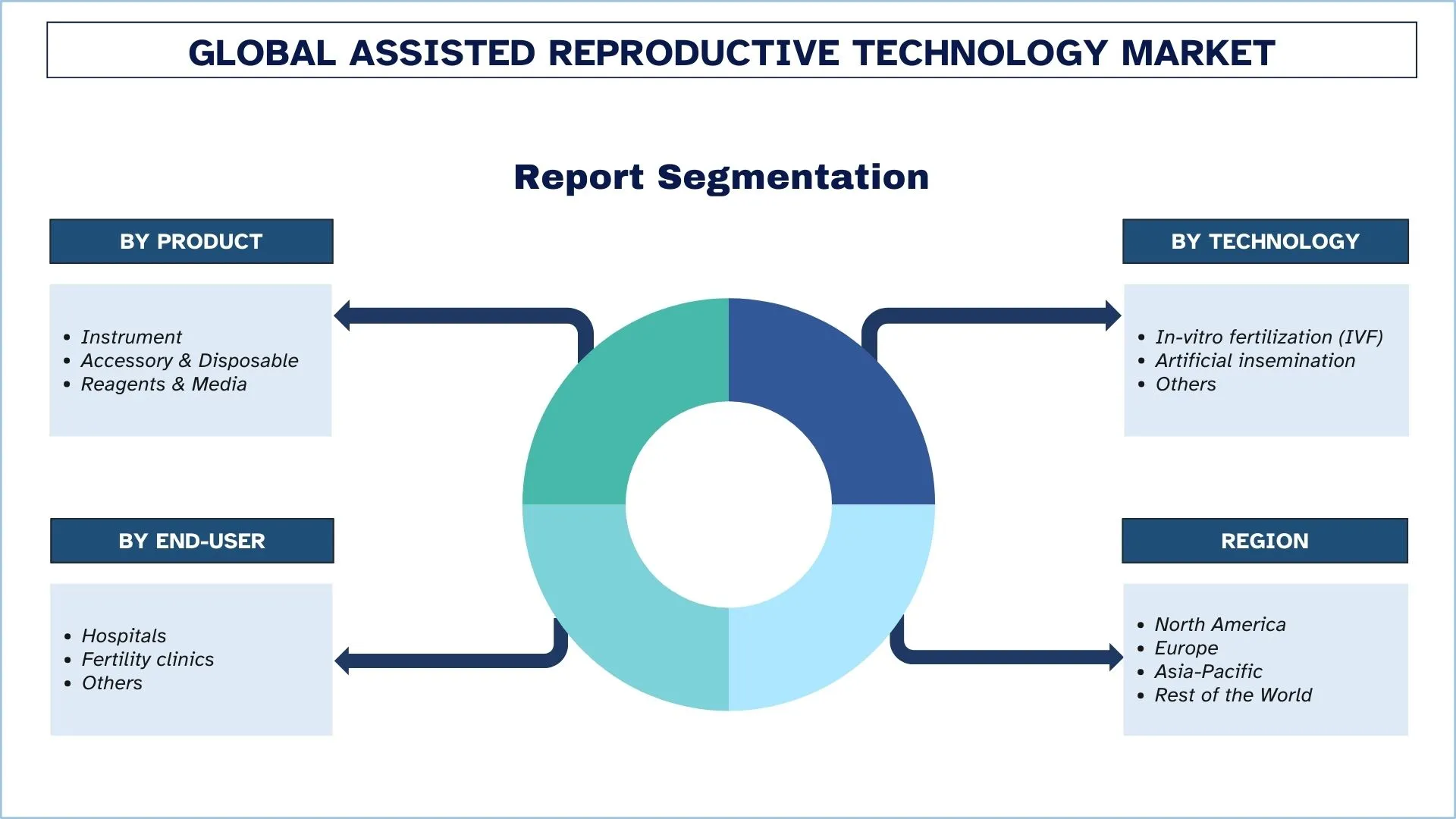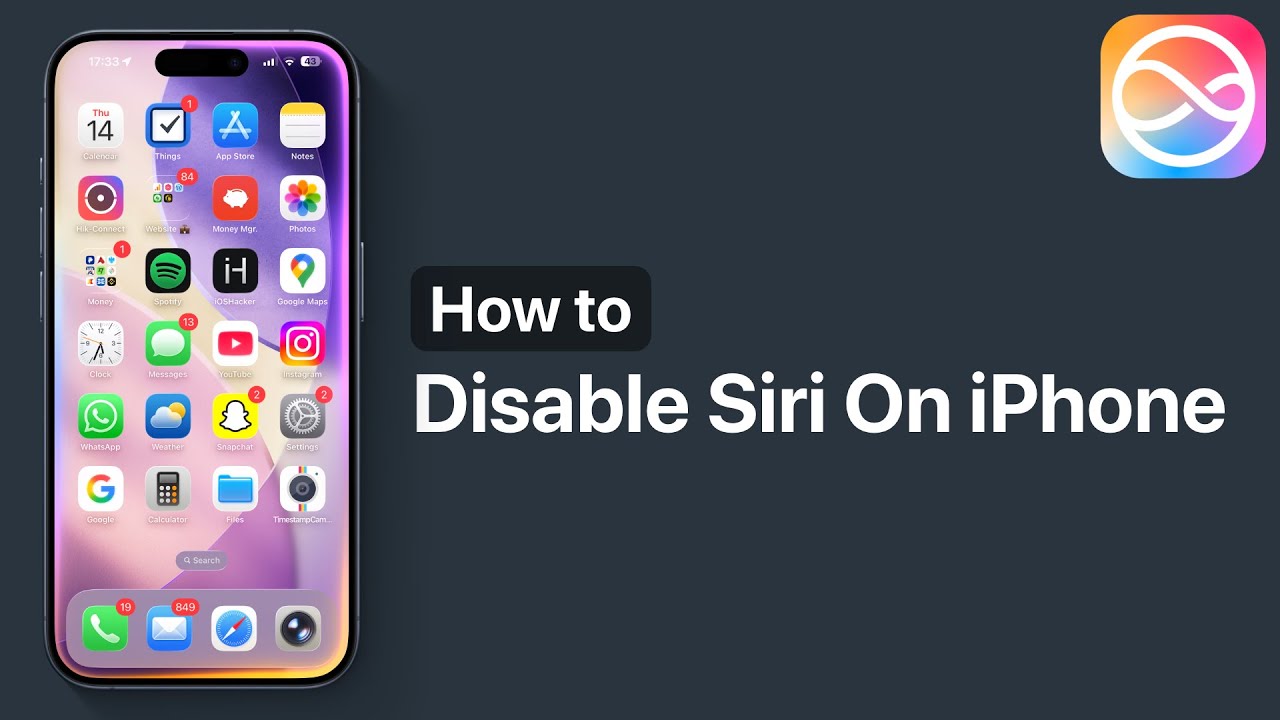In an era where smartphones outnumber people in many households and smart devices anticipate our needs before we voice them, modern technology solutions have become the invisible backbone of daily existence. From the moment you silence your alarm with a voice command to the instant your fridge suggests milk replenishment, these innovations reshape routines, boost efficiency, and unlock possibilities once confined to science fiction. This transformation matters because it touches every demographic students streamlining research, professionals collaborating across continents, seniors staying connected with family, and cities optimizing traffic flow. Understanding modern technology solutions isn’t just about gadgets; it’s about reclaiming time, reducing stress, and fostering sustainability in a fast-paced world. This article explores key areas of impact, backed by real-world data and examples, to show why embracing these tools is essential for thriving today.
What Are Modern Technology Solutions?
Modern technology solutions encompass integrated systems, software, and hardware designed to solve contemporary challenges with speed, scalability, and intelligence. Unlike traditional tools, they leverage artificial intelligence (AI), the Internet of Things (IoT), cloud computing, and big data analytics to deliver adaptive, user-centric outcomes.
At their core, these solutions prioritize interoperability. For instance, a single platform like Google Workspace combines email, storage, and collaboration tools, eliminating silos that once plagued productivity. According to a 2024 Gartner report, businesses adopting integrated modern technology solutions see a 25% reduction in operational redundancies. This definition extends beyond enterprise use consumer apps like fitness trackers or smart home hubs embody the same principles, making advanced tech accessible to all.
The Role of AI and Machine Learning in Daily Routines
AI powers many modern technology solutions, turning passive devices into proactive assistants. Machine learning algorithms analyze patterns in user behavior to predict and automate tasks.
Consider virtual assistants like Siri or Alexa. They don’t just respond to queries; they learn preferences over time. A 2025 Statista survey reveals that 55% of U.S. households use voice-activated devices daily, saving an average of 30 minutes on routine searches and controls.
In healthcare, AI-driven apps like those from Fitbit or Apple Health monitor vital signs in real-time, alerting users to anomalies. During the 2020-2023 health crises, telehealth platforms powered by AI reduced unnecessary ER visits by 19%, per a JAMA study. These examples highlight how AI embeds foresight into everyday life, preventing issues before they escalate.
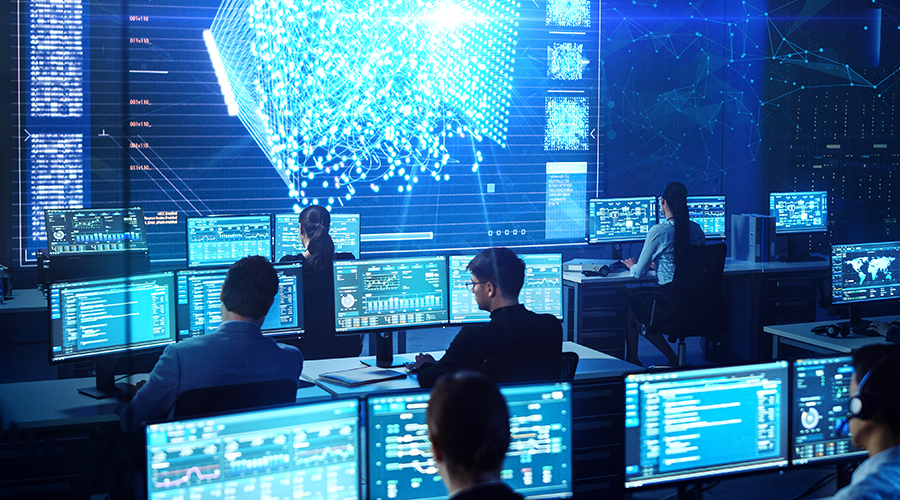
AI in Personalized Education
Education benefits immensely from tailored modern technology solutions. Platforms like Duolingo use AI to adapt lessons to individual pacing, resulting in 2.5 times faster language acquisition compared to traditional methods, according to a 2024 internal Duolingo report.
IoT: Connecting the Physical and Digital Worlds
The Internet of Things (IoT) forms the nervous system of modern technology solutions, enabling devices to communicate seamlessly. By 2025, Gartner predicts over 25 billion connected devices worldwide, up from 14 billion in 2020.
Smart homes exemplify this: thermostats like Nest learn heating patterns, cutting energy use by 10-15% annually (U.S. Department of Energy data). In urban settings, IoT sensors in traffic lights reduce congestion by 20% in cities like Singapore, per a 2024 World Bank analysis.
Security is a key concern, but advancements in encryption such as blockchain-integrated IoT mitigate risks. A 2025 Cisco report notes that secure IoT deployments have lowered breach incidents by 40% in enterprise environments.
Cloud Computing: Accessibility Anytime, Anywhere
Cloud services democratize modern technology solutions by storing data off-site and enabling access from any device. This shift eliminates the need for bulky hardware and ensures seamless updates.
For remote work, tools like Microsoft Azure or AWS support teams of thousands without latency issues. A Flexera 2025 State of the Cloud report shows 94% of enterprises use cloud infrastructure, with hybrid models reducing IT costs by 30%.
Consumers benefit too streaming services like Netflix rely on cloud scalability to deliver uninterrupted 4K content to millions simultaneously. This flexibility empowers freelancers in rural areas to compete globally, bridging digital divides.
Revolutionizing Healthcare with Modern Tech
Healthcare stands as one of the most profound areas transformed by modern technology solutions. Wearable devices track heart rates with 99% accuracy, rivaling clinical equipment (2024 FDA validation studies).
Telemedicine platforms, enhanced by 5G, allow virtual consultations with video quality sharp enough for dermatology exams. During peak demand, these systems handle 50% more patients without additional staff, as seen in Kaiser Permanente’s 2025 metrics.
Gene editing tools like CRISPR, supported by AI analytics, accelerate drug discovery. Pfizer’s 2024 AI-driven trials shortened development timelines by 18 months for certain vaccines.
Comparative Table: Traditional vs. Modern Healthcare Approaches
| Aspect | Traditional Methods | Modern Technology Solutions | Key Benefits |
|---|---|---|---|
| Diagnosis Time | Days to weeks (lab tests) | Minutes (AI imaging analysis) | Faster intervention, reduced errors |
| Patient Monitoring | Periodic check-ups | Continuous (wearables/IoT) | Proactive care, 20% fewer hospitalizations |
| Data Management | Paper records | Cloud-based EHR systems | Secure access, 95% accuracy in records |
| Treatment Personalization | One-size-fits-all | AI-genomics tailored therapies | 30% better outcomes in oncology |
| Cost Efficiency | High overhead | Predictive analytics reduce waste | 15-25% savings per patient |
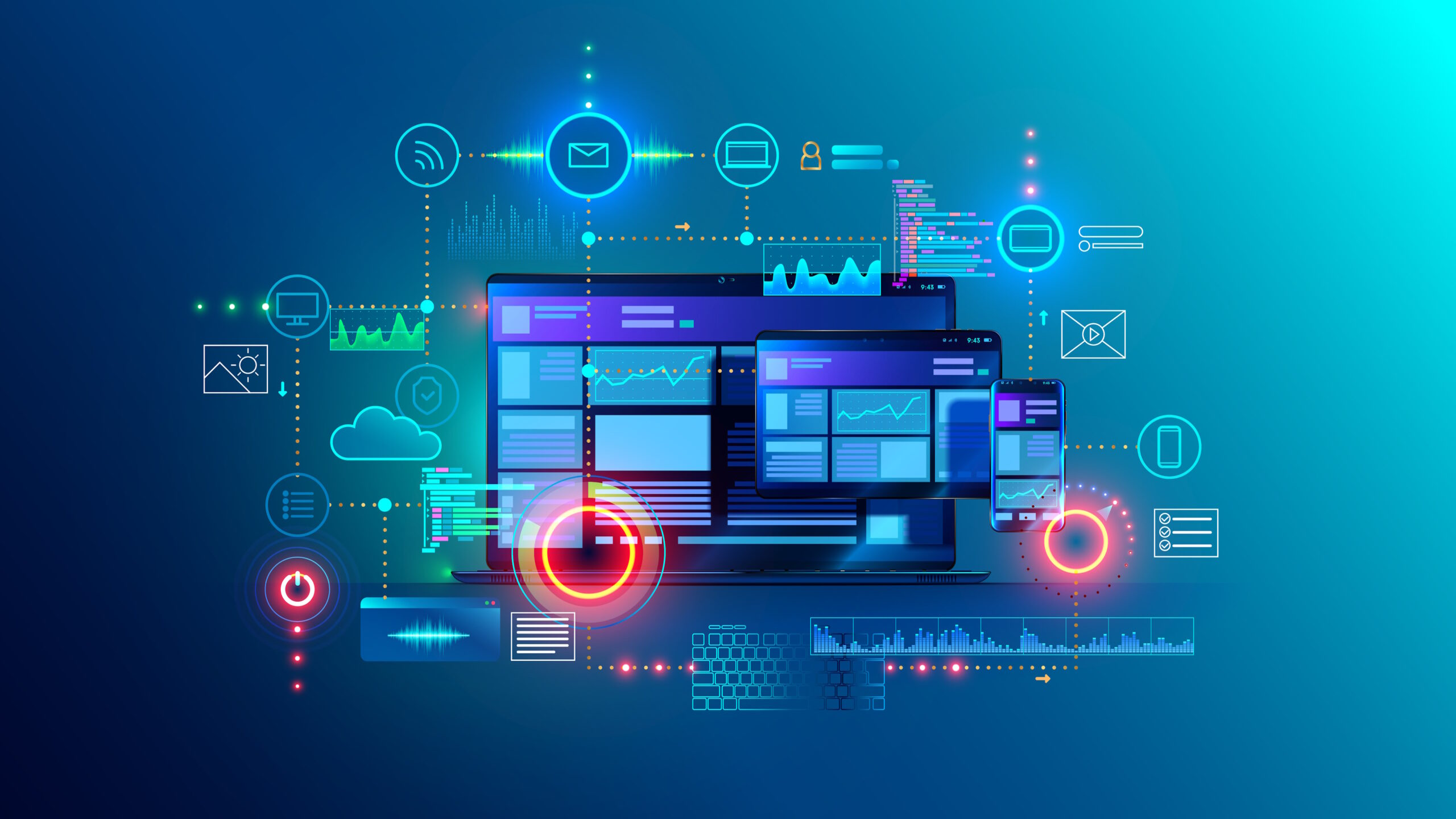
Enhancing Education and Lifelong Learning
Modern technology solutions in education extend beyond classrooms. Virtual reality (VR) simulations let medical students practice surgeries risk-free, improving skill retention by 75% (Stanford University 2024 study).
Online platforms like Coursera offer micro-credentials, with 40 million users in 2025 upskilling in AI and data science. Adaptive learning software adjusts difficulty in real-time, boosting test scores by 15-20% in K-12 settings (RAND Corporation analysis).
For adults, apps like LinkedIn Learning integrate with job markets, recommending courses based on industry trends. This agility addresses the skills gap, where 85 million jobs may shift by 2030 due to automation (World Economic Forum).
Smart Cities and Environmental Sustainability
Urban areas leverage modern technology solutions to combat climate challenges. Sensor networks in Barcelona optimize waste collection, reducing truck routes by 30% and emissions accordingly (EU Smart Cities 2025 report).
Renewable energy management uses AI to predict solar output, stabilizing grids. In California, PG&E’s IoT grid cut outages by 25% in 2024.
Electric vehicles (EVs) integrated with smart charging stations minimize peak-load strain. By 2025, Norway achieves 80% EV adoption through app-based incentives and infrastructure.
Boosting Productivity in the Workplace
Workplace modern technology solutions automate mundane tasks, freeing humans for creative work. Tools like Slack integrate with project management software, slashing email volume by 50% (Atlassian 2025 survey).
Automation via robotic process automation (RPA) handles invoicing with 99% accuracy, per UiPath data. In manufacturing, collaborative robots (cobots) increase output by 20% while enhancing safety.
Hybrid work models rely on VR meetings, reducing travel costs by $1,000 per employee annually (Deloitte 2024).
Entertainment and Social Connections
Streaming algorithms on Spotify curate playlists with 80% user satisfaction, driving 70% of discoveries (2025 company metrics). Social media platforms use AI moderation to filter content, though challenges persist.
Augmented reality (AR) in apps like Pokémon GO blends digital and physical worlds, promoting outdoor activity users log 20% more steps (Niantic study).
Challenges and Ethical Considerations
No transformation is without hurdles. Data privacy remains paramount; GDPR fines exceeded €4 billion in 2024 for breaches. Cybersecurity threats evolve, with ransomware attacks up 15% (Cybersecurity Ventures).
Bias in AI can perpetuate inequalitiesfacial recognition accuracy varies by demographics (NIST 2025 report). Solutions include diverse training data and transparent algorithms.
Digital divide affects 37% of the global population without internet (ITU 2025). Initiatives like Starlink aim to close this gap.
The Future of Modern Technology Solutions
Looking ahead, quantum computing could solve complex problems in seconds, revolutionizing drug design. 6G networks promise holographic communication by 2030.
Edge computing will process data locally, enhancing privacy and speed. Sustainable tech, like biodegradable electronics, addresses e-waste.
FAQ
1. What exactly do modern technology solutions include?
Modern technology solutions refer to integrated AI, IoT, cloud, and data-driven tools that automate and optimize tasks across personal, professional, and societal levels. Examples range from smart assistants to enterprise software.
2. How do modern technology solutions improve daily productivity?
By automating repetitive tasks, providing real-time insights, and enabling seamless collaboration, they save hours weekly. Tools like automated calendars or AI email filters exemplify this.
3. Are modern technology solutions secure for everyday use?
Most incorporate encryption and regular updates, but users should enable two-factor authentication and avoid public Wi-Fi for sensitive data. Reputable providers comply with standards like ISO 27001.
4. What impact do modern technology solutions have on the environment?
They promote sustainability through energy-efficient devices, optimized resource use, and predictive maintenance. Smart grids alone could cut global CO2 emissions by 10% by 2030.
5. How can beginners adopt modern technology solutions without overwhelm?
Start small choose one area like a smart home device or productivity app. Free trials from platforms like Microsoft or Google ease the transition.
6. Do modern technology solutions require expensive hardware?
No, many run on existing smartphones or browsers. Cloud-based options eliminate the need for high-end setups.
7. Will modern technology solutions replace human jobs?
They shift roles toward oversight and innovation. While automating routine work, they create demand in tech maintenance, ethics, and creative fields.
Conclusion
Modern technology solutions are not futuristic luxuries but practical tools reshaping how we live, work, and connect. From AI-personalized health insights to IoT-driven smart cities, they deliver efficiency, accessibility, and innovation with tangible benefits like time savings and cost reductions. As challenges like privacy and equity are addressed through regulation and ethical design, the potential grows exponentially.

